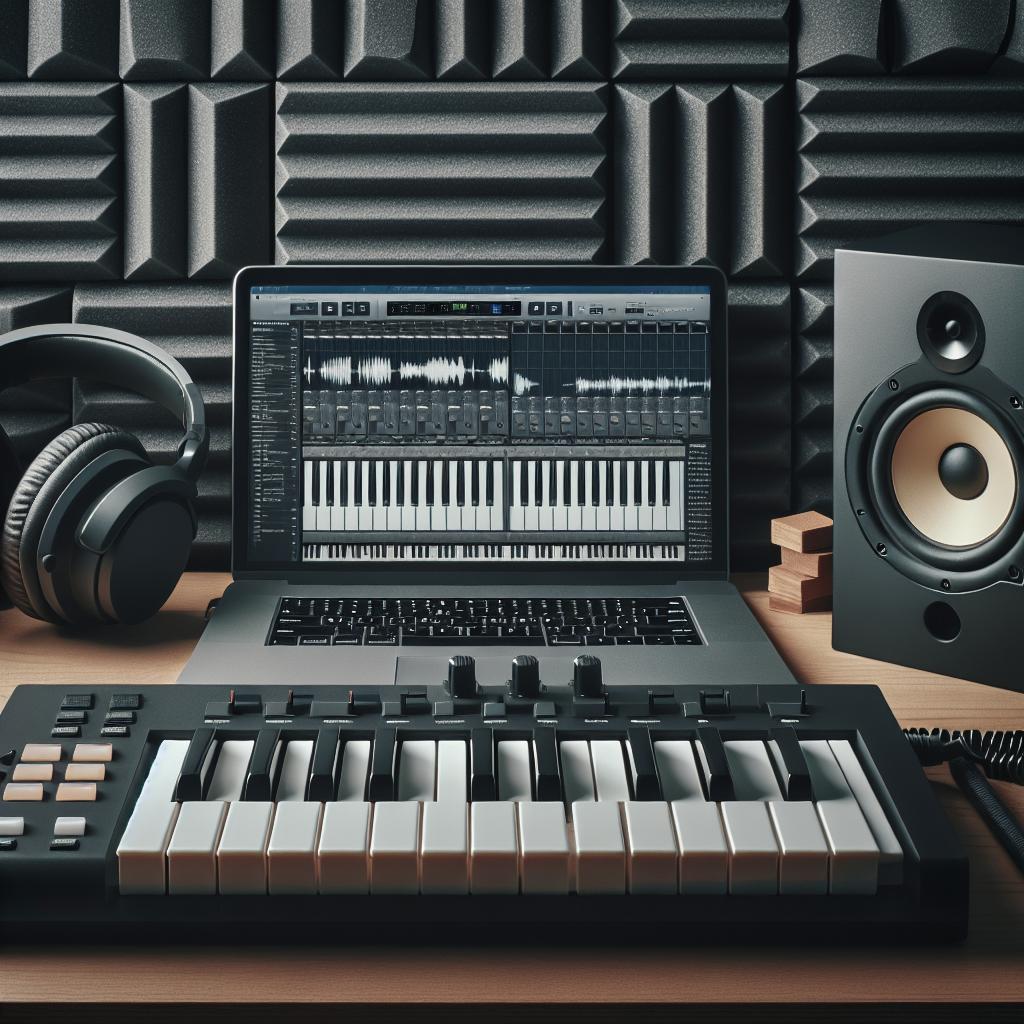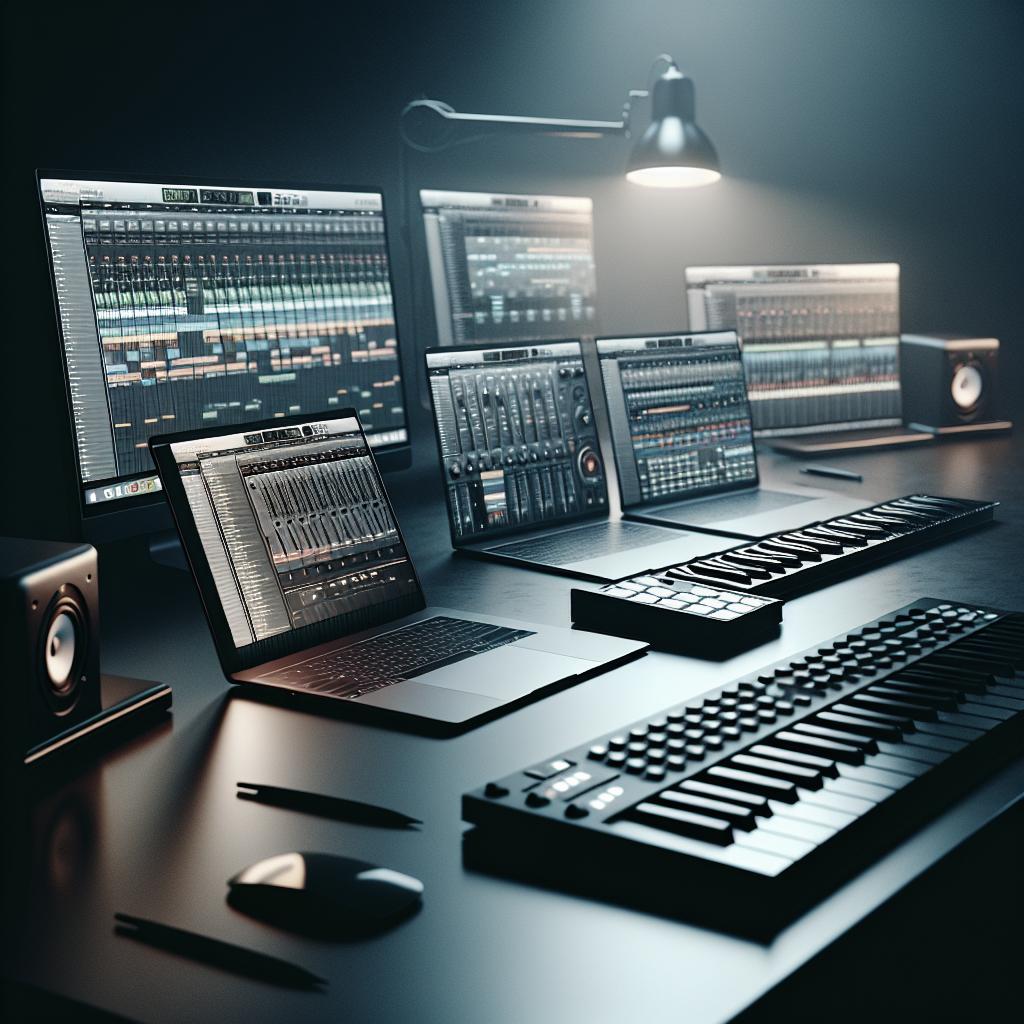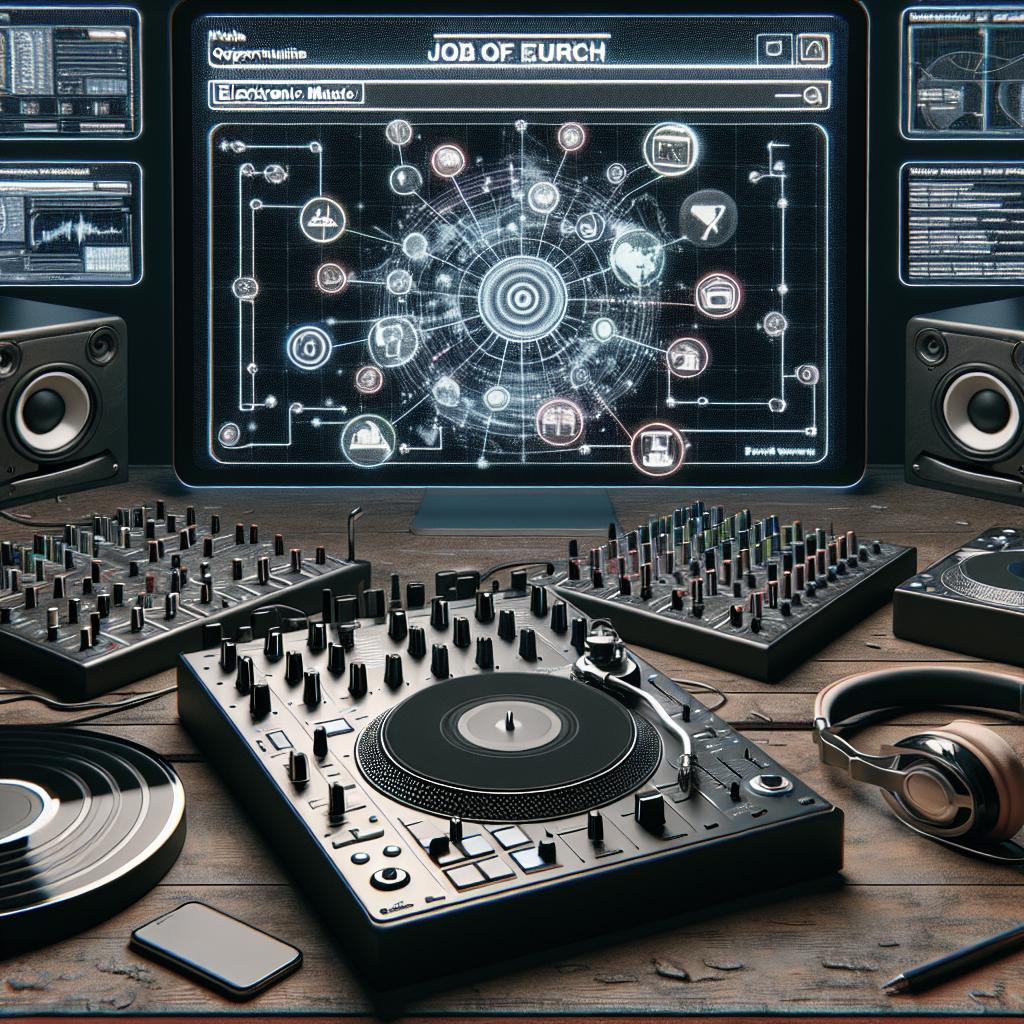<>
Creating electronic music on a budget may seem daunting, but with the right tools and techniques, it’s entirely doable. This guide will dive into how you can get started in electronic music without breaking the bank. We will discuss essential gear, provide mixing tips and tricks, and explore why making music without a computer can be advantageous. Whether you are a novice or someone looking to refine your skills, these insights should help you navigate your path in the world of affordable electronic music production.
You don’t need expensive tools to help you get started in your craft.
The first myth to dispel is that you need expensive equipment to make stellar electronic music. Plenty of affordable options are available that can deliver professional-quality sound. The most important aspect is how well you know and can manipulate the tools at your disposal. A significant number of great electronic musicians started out with minimal gear. It’s not just about the hardware, either. Software options have dramatically evolved over the past decade. Freemium digital audio workstations (DAWs) and plugins can provide most, if not all, of the functionality you need to produce high-quality tracks. Remember that creativity and skill can overcome even the most substantial limitations in your gear.
Our Favourite Mixing Tips and Tricks
Effective mixing can elevate your music to the next level. One useful tip is to start with the levels. Ensure that your instruments and samples are balanced, such that no single element overshadows the others. Panning is another crucial technique. Spread your sounds across the stereo field to create a more immersive audio experience. Another trick is to use equalization (EQ) wisely. Cut frequencies that clutter the mix and boost those that bring out the best in your instruments. Additionally, adding reverb and delay in moderation can help give your tracks a sense of space and depth. It’s also worth noting that mastering your own work can save you money while giving you an additional skill set.
Reasons to make electronic music without a computer
Creating electronic music without a computer can be liberating. It forces you to focus more on the creative process rather than getting lost in the plethora of software options available. This tactile approach can also offer a more hands-on experience, which many find more enjoyable and productive. Moreover, not relying on a computer can be more reliable during live performances. Hardware setups often have lower latency and fewer risk of crashes compared to computer-based systems. This makes them a favorite for artists who perform regularly.
What gear is needed?
To get started on your electronic music journey, you’ll need a few basic pieces of gear. Let’s break down the essential components.
A sequencer
A sequencer is the backbone of electronic music production. It allows you to arrange and manipulate your sounds to create compositions. Affordable options like the Korg Volca series or second-hand units can provide you with robust functionality without costing a fortune. These tools enable you to input your notes or beats and arrange your tracks in a structured manner, ensuring that your music has a coherent flow.
A synthesiser (or two)
Synthesizers generate the sounds that form the core of your music. Entry-level synthesizers such as the Korg Monologue or Behringer’s range offer great sound at a low price. Polyphonic synthesizers allow you to play multiple notes simultaneously, adding layers and complexity to your music. Investing in one or two synthesizers can provide you with a wide range of sonic possibilities right at your fingertips, allowing you to express your musical ideas fully.
A sampler and/or a drum machine
Depending on your style, a sampler or a drum machine might be an essential addition to your setup. Samplers like the Novation Circuit allow you to load and manipulate audio samples, offering immense creative possibilities. Drum machines like the Roland TR-6S provide built-in patterns and sounds that can be crucial for composing electronic beats. They enable you to build your rhythm sections quickly and can add an extra layer of creativity to your productions.
A compact mixer
A compact mixer is essential for bringing all your sounds together. Affordable mixers like the Behringer Xenyx series offer multiple channels and essential EQ controls at a low cost. These devices ensure that all your instruments are balanced and can be easily adjusted during live performances or recordings. This piece of gear helps you create a polished, professional final product by providing you with control over the levels and the overall mix.
Effects
Effects processors can add an exciting dimension to your music. Basic reverb, delay, and distortion pedals can be purchased cheaply and can significantly enhance your sounds. Many entry-level mixers also come with built-in effects processors. Utilizing effects can help you shape your sound and add character to your tracks, making them more engaging and dynamic.
A recorder
Recording your productions is essential for sharing your music with others. While computers are the go-to for many, dedicated recording devices like the Zoom H4n can do an excellent job at a lower cost. These devices are portable and often come with built-in effects. Recording devices ensure that your carefully crafted music is captured in high quality, ready for distribution or further tweaking in post-production.
Combining functions in the same gear
Some gear offers multiple functions, which can be highly cost-effective and space-saving. Devices like the Elektron Model:Samples combine sampling, sequencing, and synthesis in one unit. Such multi-functional equipment can streamline your workflow and reduce the number of devices you need to purchase. By combining functions, you not only save money but also make your setup more portable and easier to manage.
What to get started with?
When starting, it’s wise to prioritize. Invest in a good sequencer and synthesizer first, as these will form the core of your setup. As you grow more confident, you can add other elements like drum machines, effects, and recording devices. Begin small, and expand as your skills and understanding of your needs grow. This strategy will ensure you make thoughtful purchases and get the most out of your investment.
Finally…
Even on a budget, the world of electronic music is accessible and incredibly rewarding. Start with the essentials and focus on mastering the basics. Don’t hesitate to hunt for second-hand equipment or explore free software options as you begin your journey.
Related Posts:
– Top 5 Free DAWs for Beginners – The Best Affordable Synthesizers Under $500 – How to Create a Home Studio on a Budget – Essential Mixing Techniques for New Producers – Finding Second-Hand Musical Gear: Tips and Tricks
| Section | Key Points |
|---|---|
| You don’t need expensive tools to help you get started in your craft. | Affordable options for hardware and software, importance of creativity and skill over equipment. |
| Our Favourite Mixing Tips and Tricks | Start with levels, panning, and EQ. Use reverb and delay for depth. Self-mastering can save money. |
| Reasons to make electronic music without a computer | Hands-on experience, lower latency, more reliable for live performances. |
| What gear is needed? | Breakdown of essential gear including sequencers, synthesizers, samplers, mixers, effects, and recorders. |
| Combining functions in the same gear | Cost-effectiveness and space-saving benefits of multi-functional gear. |
| What to get started with? | Prioritize sequencers and synthesizers, expand as skills grow. |


